In 1977, the year I was born, the Smithsonian Institution Press published The Object as Poet, a slim, soft-cover catalogue accompanying an exhibition by the same name at the Renwick Gallery of the National Collection of Fine Arts in Washington, D.C. The Object as Poet featured craftspeople, artists, and poets, emphasizing the crossing of boundaries even as it undercut the idea of these boundaries, a move near and dear to my heart. It was organized by Rose Slivka, the longtime editor of Craft Horizons (renamed American Craft in 1979), who writes in the catalogue essay:
“For poetry is the most central, the most primitive, the most ancient of arts. And craft, basic to everything, to every discipline and medium, once it has been intuitively experienced, is the way to do what you want to do even though what you want to do may take you on many paths and even emerge as something other than what you first thought. Craft is the act of perfect attention, absolute skill, with which the maker brings her/his rhythms to bear on the means, whether material or words, that will bring out, find out the form. Craft enables the object to do exactly what it wants to do whether it be a pot or a poem or both.”
I’m offput by Slivka’s breathlessness around poetry, though I’m more sympathetic after reading this essay in which Charlotte Slivka notes her mother “secretly wanted to be a poet”; the overwrought lines now telegraph longing unfulfilled, an inability to cross one’s own boundaries. No matter if I would temper some of her language: I will always take the embarrassing excesses and close ups of the poet-critic (which Slivka undoubtedly was) over the art historian’s ten-thousand-foot-view.
Her framing of craft as a doing, as a bringing to bear of singular rhythms, “the act of perfect attention” — it catches me, points me to a window through which I might consider this contested, capacious word.
“The key is paying attention,” said Léonie Guyer, a visual artist who had an early flirtation with pottery. “What makes me care about [an object] is the quality of attention that was brought to it and is embodied in every decision the artist or craftsperson made — and then the object has the energy of the thinking, of the awareness. That’s why I’m moved by one pot over another pot.”
I am thinking of Michelle Williams in the Kelly Reichardt film Showing Up, a scene in which Williams, portraying a ceramicist, sculpts a small female form, her act of perfect attention doubled: the actor paying attention to the artist paying attention to the clay.
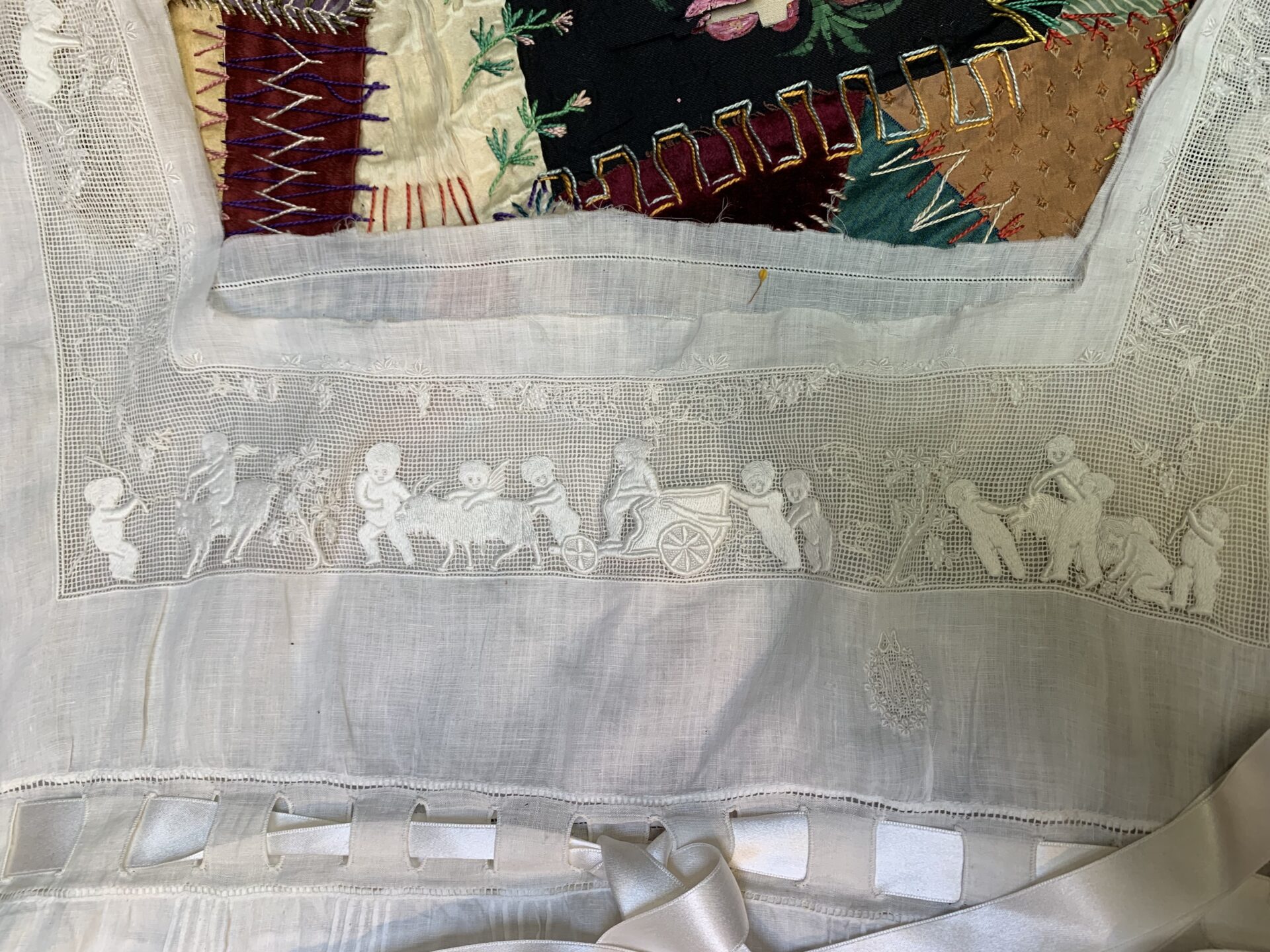
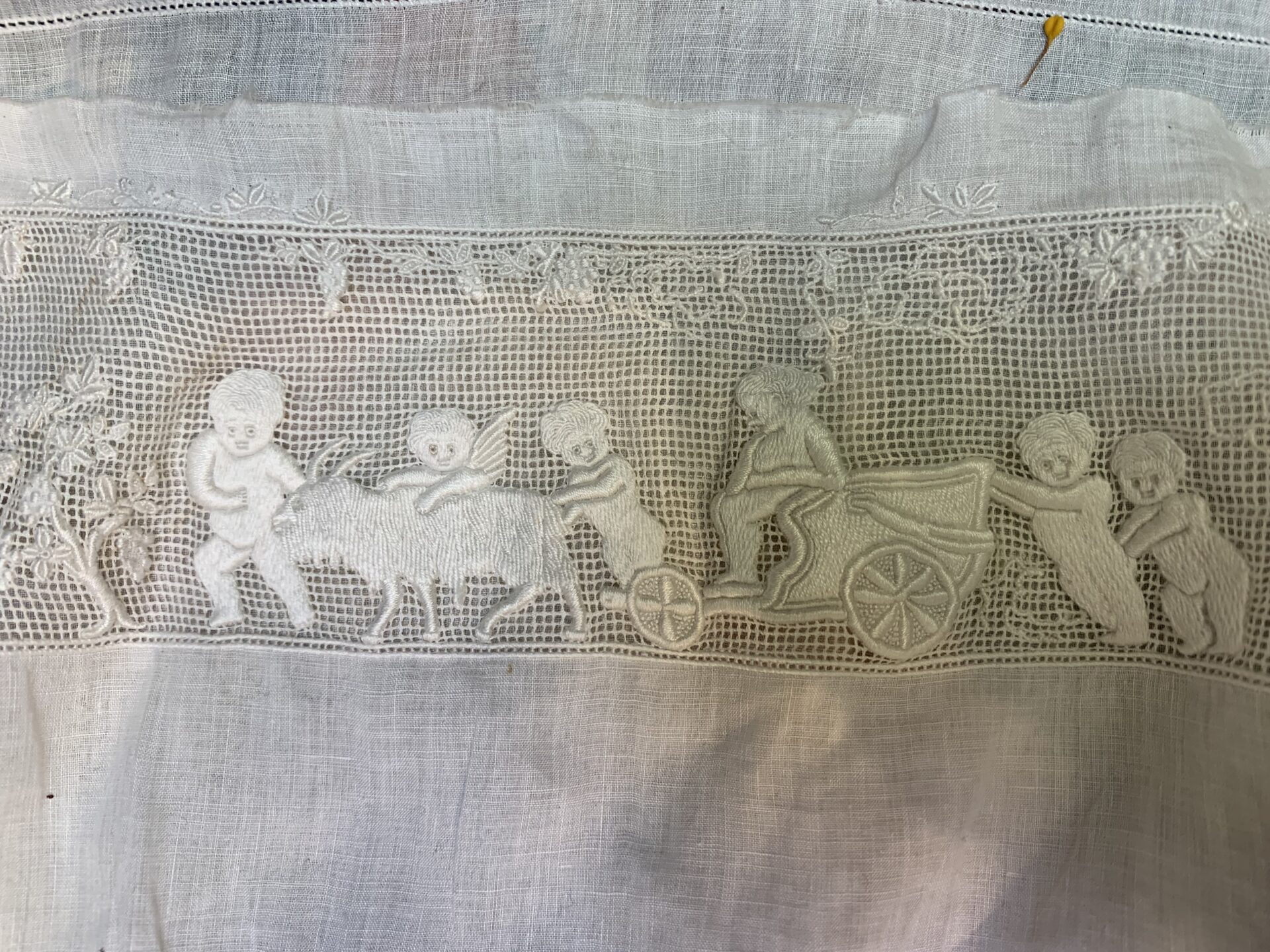
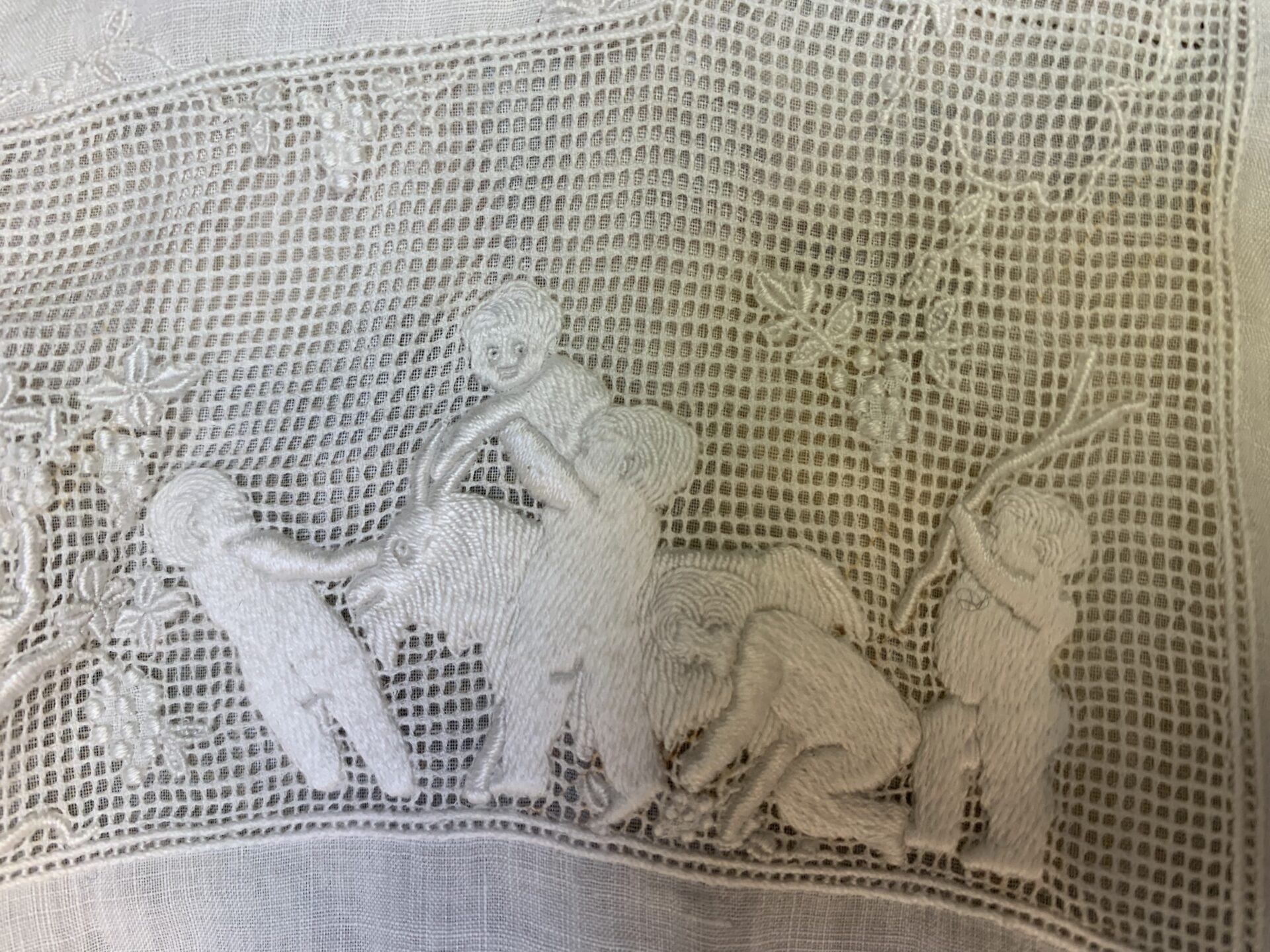
It’s silly to attempt a definition of “craft”; it’s too multitudinous a subject to even properly be a subject, all you gain for your trouble are reductions and omissions. “For every boundary or border you set up there, you will be able to produce a counterexample,” noted Bean Gilsdorf, an artist and writer who is also a fourth-generation seamstress. And if you try to police those borders, “you’re having a conversation with yourself, not with the thing that’s in front of you.”
Even more problematic is to seek this definition in relation to another non-subject, art, which, at least for me, inevitably arises in composing a text commissioned by an art journal. The discourse around where craft ends and art begins is bound up in hierarchical words like “transcend,” as if craft humbly marches along serving a particular function through particular materials and methods until, having had one too many ideas about itself, it is reborn in a higher state. “How fortunate for art,” M. Anna Fariello writes, “that an inherent part of its identity is that it is considered genuine, expressive, and good!” 1
- From the essay “Making and Naming: The Lexicon of Studio Craft,” in Extra/Ordinary: Craft and Contemporary Art, which led me to The Object as Poet.
As Bean also observed, art will co-opt anything in its path; its omnivorousness is “one of the things that’s beautiful about it and horrible about it at the same time.” Imagine the art world as the X-Man Rogue, acquiring the qualities of others through touch, literally absorbing them into herself. And if others take on art’s qualities? Sorry, they can no longer be themselves — they must become art, the white-hot center to which all is drawn.
But if we put craft at the center and define art in relation to it, might we instead see art’s longing? An envy of knowing where you are, what you are about, and why you are doing it? Art has fought furiously to gain freedom. What has it lost? Rogue is incredibly powerful; she is also tortured, keenly aware of the everyday human intimacies she cannot have.
“I do think that longing for an intact iconography suffuses my work.” Léonie, again, who noted that when she abandoned pottery for art school in the 1970s, the conversation in the air was the dematerialization of the art object, and sincerity was out, beauty was out, so many things. “It was just a time of rupture in the narrative of art.”
A few weeks ago the artist Anne Walsh and I toured Day’s End: Personal Glamour Exposed, a historical exhibit of dressing gowns and pajamas at the Lacis Museum of Lace and Textiles in Berkeley. I’d walked past this storefront museum countless times. To be walked among the delicate shifts and chemises and have subtle techniques of needlework and hand embroidery pointed out was to experience the opposite of rupture: a continuity of interlocking familial, regional, national, and international narratives, legible to our expert guide, Lacis manager Kij Greenwood, through centuries of delicate labor.
A costume designer and professional stitcher, patternmaker, and draper, Greenwood reminded me in her casual expertise of my mother, Kathleen La Rocco, an antique dealer and self-described “scavenger of other people’s craft” who is very good with her hands and with language. To be around objects with my mother is to have a window into histories both sweeping and hyper-specific. I crafted this text primarily through speaking with people I know and respect, beginning with her.
“Any time you deal with cloth,” Anne remarked as the tour was ending, “you’re dealing with the whole history of human time.” We lingered on the museum’s first floor, a treasure-trove with various historical installations and a library tucked among the merchandise. We bought cards from the exhibit and Anne remarked that the people she wanted to send them to were no longer alive: her grandmothers, fine needleworkers, including one recruited to work on Judy Chicago’s Dinner Party, the surrounding labor practices of which she found objectionable (for her part, Chicago told Anne that her grandmother taught the textile team multiple new needlework practices). I thought of my father’s mother, a first-generation Sicilian who changed her name from Giovanna to Jean and worked in Manhattan’s Garment District. I still have her wooden sewing box, full of brightly colored threads I almost never use.
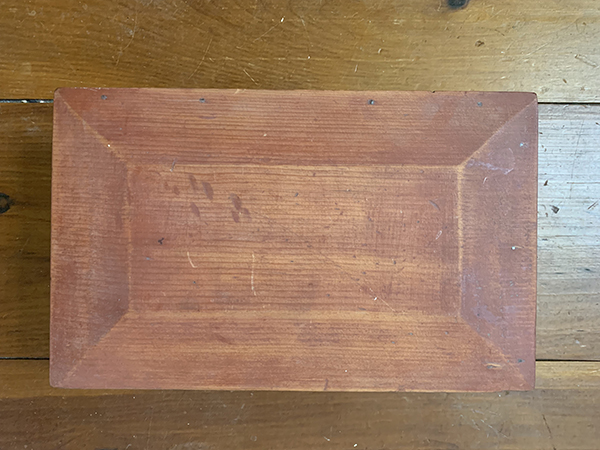
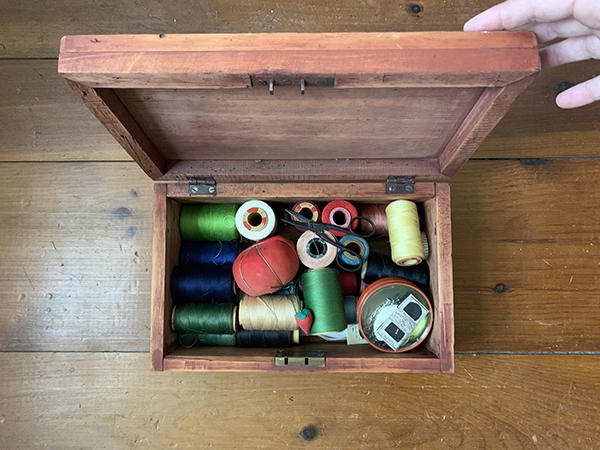
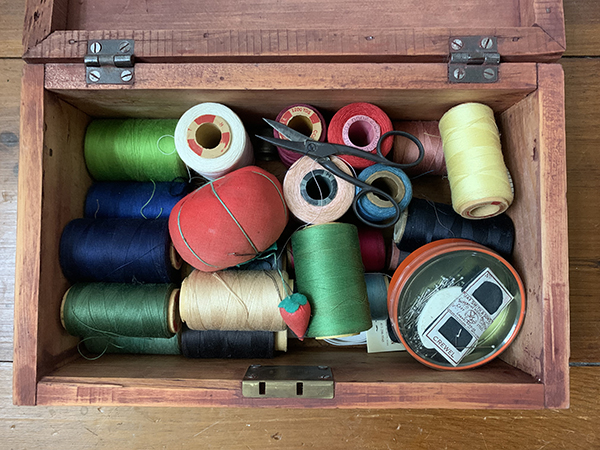
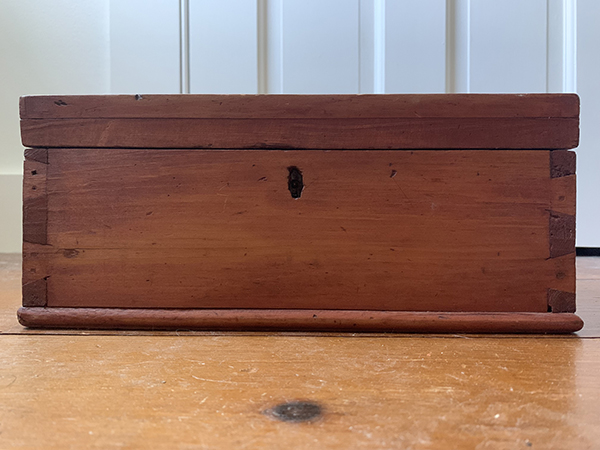
I do see all the ways in which we romanticize craft. And but still it’s true that holding a well-made bowl feels some sort of balm. Making it, I would imagine, might also be a balm, and writing certainly is — the bringing out, the finding out the form. The disappearing into it, so that it can be made to disappear into the world.
Léonie: It’s probably one of the first things human beings figured out how to do: make a bowl, put something in it. So it goes back a zillion years and it’s constantly changing. You can be devoted to a craft, to a history, and what’s passed down in the discipline is fundamental, but at the same time people innovate, because without it a craft tradition would die.
Kathleen: Everything that’s ever been invented was invented by people who didn’t know how to do it and built on previous knowledge.
Anne: That’s the deep base of craft, that we are a species, one of a very few, that makes tools.
Almost everyone I spoke to for this essay invoked a spiritual dimension in their relationship to objects, and most did so after prefacing, “Not to sound too hokey/mystical/woo-woo…” This includes the instrument and furniture maker, musician, and sculptor Sung Kim, whose studio, Hare & Arrow Arts, I visited in an industrial section of Richmond, California, an hour’s bus ride from my home in Oakland. I was late for our end-of-day interview and he’d been at work since the early morning, but it didn’t seem to matter; his eyes were trained on the lathe he was operating, an everyday act of perfect attention.
Discussing his work, Sung evinced both the professional’s easy disinterest in preciousness and the inventor’s fervent, willed naïveté. He described “almost a fever” sometimes when he begins making something, even foregoing sleep as he seeks a connection with his creation. This, he said, was especially true when it came to his instruments (which, like much of the music he makes, are improvised): “You’re creating a voice for yourself that you don’t have, and then you’re learning how to speak with that voice. There’s nothing more intimate.”
Sung laughingly acknowledged that “the whole idea of shamanism and an object really does come to mind.” I thought of Slivka, whose forty-five-year-old essay invokes the shaman with neither embarrassment nor apology:
“The shaman invests the dream and the myth with magic, thereby keeping it safe for the imagination, for the life of the mind and the spirit, to make all things alive, to enter the mystery of the phenomena, to receive beauty, to see all sides of human nature including the evil, to find the hidden self. We confront the object and it reminds us of something, something old, something not yet known.”
Dizzyingly romantic. But necessarily wrong? I can’t quite metabolize Slivka’s words, which conjure editor Maria Elena Buszek’s introduction to Extra/Ordinary: Craft and Contemporary Art, in which she offers as problematic poles the craft world’s romance of materials and the art world’s “romance with the conceptual.”
When I had earlier asked my mother how she thought of something like Duchamp’s Fountain, she unhesitatingly included his art within craft. “It’s what you do with it, and this was an example of his craft.” She didn’t find the boundaries relevant. “You could say Isadora Duncan wasn’t much of a dancer by that definition. She didn’t do pirouettes, just whirled around.” Hoisted with my own (former dance critic’s) petard.
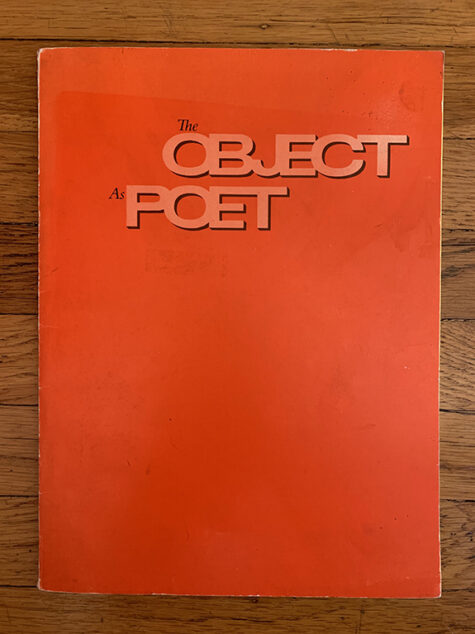
Reading Faythe Levine and Cortney Heimerl’s Handmade Nation: The Rise of DIY, Art, Craft, and Design (and watching Levine’s film of the same name), I was struck by how many of the profiled crafters had previously been art students or practicing artists. A recurring theme is the way craft circulates as art does not. The clothing maker Kathie Sever describes moving to Montana as a disillusioned artist and realizing that it “felt so much more solid and real to put my artistic intent into something that was then going to become integrated into someone’s life on a daily level.”
Interestingly, much of the work featured in Handmade Nation has no clear utility. Some of the makers espouse a utopian politics of sustainability and circulation that barely seems to register itself as capitalistic. Each craftsperson’s profile includes a web site, many now defunct; sifting through the sedimentary layers of the internet, through invalid urls and abandoned blogs, I began, darkly, to insert and Fall after the title’s Rise. I thought of the inevitable ways craft responds to technology, to life’s circumstances — how YouTube tutorials allow for the hands-off acquisition of hands-on skills, and how lonely we all are now in our connectedness. A century after the Arts and Crafts Movement rejected the mechanized world ushered in by the Industrial Revolution, Knitta wraps urban architecture in knitwear, comforting the industrial in a soft, slow-motion riff on graffiti. Founder Magda Sayeg’s large-scale projects include swaddling the AC ductwork of Etsy’s Brooklyn headquarters, an e-commerce company that swallowed DIY whole.
I share Sever’s interest in integration. There’s some stress, some unease, when I think of the objects I don’t use; in deeming dishes or clothing “too good” for everyday use, I render them inert. But I don’t count the artwork on my walls among these items; they’re doing their job, their “nonfunction function,” as the artist Teresa Baker described it. Like my soup bowls, they pass through my daily life, and I pass through theirs.
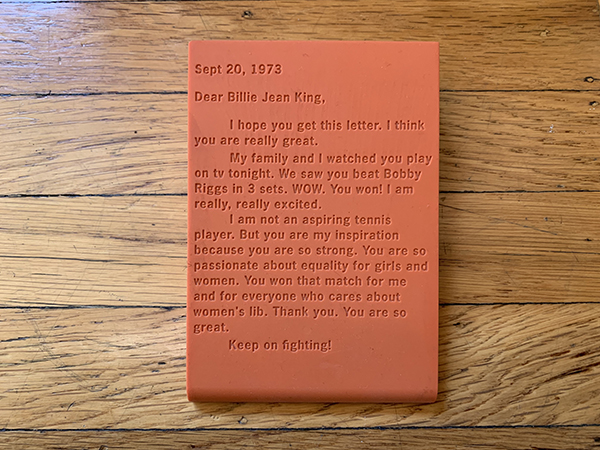
My conversation with Bean turned to criticism, which we both sometimes practice, and which shuttles tediously along its own is-it-art-or-is-it-craft continuum — in how it’s sometimes perceived (“oh you’re an art writer,” the snob’s dreaded diminishment), and in its pronouncements on the efforts of others (“it’s not X,” the pedantic reviewer’s dismissal). I mentioned how, when I teach criticism in a university setting, we invariably spend the early sessions tussling over definitions, traversing particularly dicey territory around the persistent myth of objectivity.
“For people who want a cleaner, tighter definition of something like criticism, sometimes I wonder if that is because they don’t feel confident to trust themselves, or they don’t feel confident to trust the situation, that they’ll be able to grapple with it in a way that’s meaningful,” Bean observed.
There is almost always a moment in the semester when a student throws up her hands in dismay: “So, what?! Criticism can be anything???” At that point things become productive. Or the student drops the course.
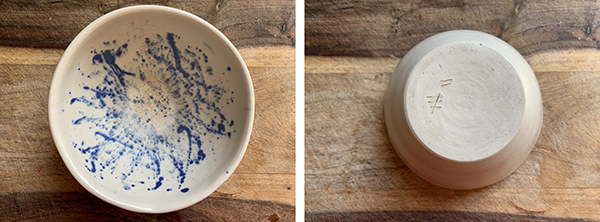
“To say a bowl that you use every day in the kitchen can also be art is really saying something about your life, your experience — that your experience can be the experience of art, that ephemeral experience and what we just call daily life can be art,” said Robert Glück. “To trust the ephemeral is really to trust that life has value.”
Bob is a deeply influential literary figure: decades ago his workshops at the nascent Small Press Traffic (where I today work) in San Francisco incubated a small community of writers we now know as the New Narrative movement. He is also “a student of clay,” beginning at the College of Art in Edinburgh in 1966 (and later at Berkeley, with the larger-than-life Peter Voulkos, whose influence continues to reverberate. His ceramics received their inaugural exhibit this year, at Josey, in Norwich, England.
The word “ephemeral” was ever-present in my years working as a dance critic. But Bob meant something else: “It’s just a kitchen object, which shares the ephemerality of cooking dinner or having tea with a friend. That’s something you wouldn’t record, that you wouldn’t try to fix — fix with art, to make permanent so that somebody else can witness it.”
He mentioned the “very elaborate story cycles” he and the writer Camille Roy used to create for their son, how he decided against writing them down, to let them live in his son’s imagination “and have that be enough.”
I think of all the people all over the world “fixing” their daily lives via Instagram. The present moment is not enough. The present moment in this calculus barely exists.
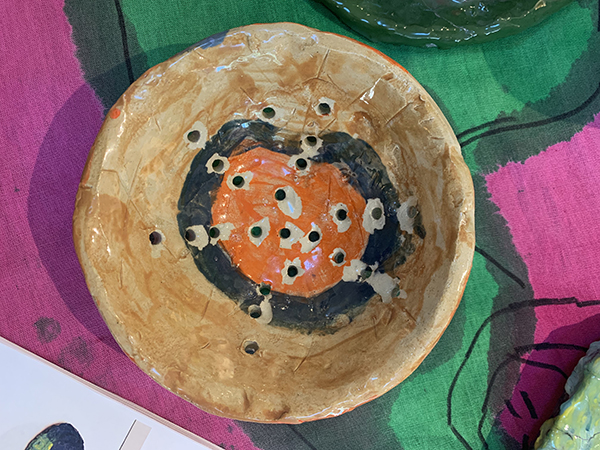
I have a bowl made by Asli Bulbul, a dance artist who began making ceramics a few years ago. It’s simple, off-white, the inside full of blue markings — my yoghurt bowl, as I recently wrote to her. “A handmade bowl, utilitarian object. Yet you and I build a simple (to me a poetic) connection through it with such ease,” Asli replied. Craft, she added, “gets fed by the relationship to others. You make things imagining them activated by other humans who take them home.”
This spring I fell in love with a bowl made by Peter Salsman. It was at the opening of the Creative Growth Home Show, presented banquet-style on a long table of dinnerware and, for those who can digest glazed clay, food. The bowl’s interior is a target, tawny then gray-blue then orange. A slightly irregular burst of twenty-four holes radiates from the center, rough edges of punched-out clay surrounded by a deliciously smooth glaze.
The bowl could almost be a colander, but it isn’t. I talked with several people about whether it was art or craft — that old MacGuffin, as Anne called it, rearing its head. “For strawberries,” someone suggested.
The day after I interviewed Bob, he emailed to say he had been thinking about a definition of craft, which, put on the spot by my question, he had connected to understanding one’s materials and recognizing their possibilities:
It’s more than that, I suppose. The recognition of oneself in the material. I remember when I was working with wood, I had the feeling of falling in love, but with wood. I mean, pangs of love — the smooth surface, the roiling grain, the way it cut like butter under the saw.
It was the same, he said, with clay. And, of course, “any poet knows what it is like to fall in love with language.” Indeed. That doomed, exhilarating attempt at translation. Even though, and also because, it fails her every time — she has to keep trying.
Claudia La Rocco’s books include Drive By (Smooth Friend); Certain Things (Afternoon Editions); Quartet (Ugly Duckling Presse); The Best Most Useless Dress (Badlands Unlimited); and petit cadeau, published in live, digital, and print editions by the Chocolate Factory Theater. With musician/composer Phillip Greenlief she is animals & giraffes, an experiment in interdisciplinary improvisation that has released the albums July (Edgetone Records) and Landlocked Beach (Creative Sources). She has been a columnist for Artforum, a cultural critic for WNYC New York Public Radio, and from 2005-2015 was a critic and reporter for The New York Times.
La Rocco has received grants and residencies from such organizations as the Doris Duke Charitable Foundation, The Andy Warhol Foundation, Contemporary Art Stavanger, and Headlands Center for the Arts. She edited I Don’t Poem: An Anthology of Painters (Off the Park Press) and Dancers, Buildings and People in the Streets, the catalogue for Danspace Projectʼs PLATFORM 2015, for which she was guest artist curator. From 2016-2021 she was editorial director of Open Space, and now serves as editor of The Back Room at Small Press Traffic.


